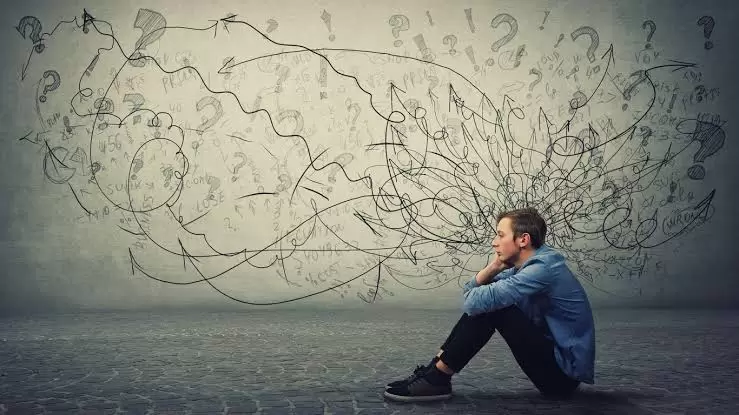

Have you or someone you know been feeling down lately? Does it reach the point where the individual is not functioning well in their everyday life? This could be because of depression or anxiety.
Anxiety and depression are conditions with many overlapping symptoms for they are both mood disorders. It often makes it difficult to tell if you’re experiencing one as opposed to the other. Both effects can bleed into each other and leave you unsure about what condition you may be dealing with.
What exactly is the difference between depression and anxiety? Let’s take a look at their main aspects.
Depression and anxiety are different despite having similar symptoms. Let’s discuss their major types to understand their differences better.
GAD is characterized by excessive worry and anxiety. People who experience this have difficulty managing it, thus they tend to have a hard time relaxing, sleeping, and concentrating.
OCD is an anxiety disorder characterized by repetitive, obsessive thoughts and behaviors. People with OCD often perform certain rituals or routines in an attempt to relieve their anxiety.
People with anxiety often experience symptoms like constant worry, unreasonable fear, and racing thoughts. It specifically refers to a type of anxiety that is characterized by sudden and intense episodes of fear or terror. These episodes can include physical symptoms like heart palpitations and shortness of breath.
Individuals with PTSD are more likely to relive their trauma through flashbacks and nightmares. Second, individuals with PTSD often avoid people, places, and activities that remind them of their trauma.
Social phobia or social anxiety disorder is an anxiety disorder that is characterized by a fear of social situations, including interaction with other people. This fear may be so intense that it causes avoidance of social situations, or it may lead to significant distress when someone is exposed to a feared situation.
Melancholia is a type of depression that is characterized by a deep sense of despair and hopelessness. Melancholia is often accompanied by disturbances in sleep, appetite, and energy levels.
Psychotic depression is a more severe form of depression that is characterized by delusions or hallucinations. This type includes both symptoms of both anxiety and depression.
Antenatal depression is depression that occurs during pregnancy, while postnatal depression is depression that occurs after childbirth. Both can be debilitating, but they require different treatments.
Postnatal depression requires additional support than antenatal. This is due to the fact new mothers also have to deal with the demands of caring for a baby.
Depression is a more serious condition that can be difficult to treat, while anxiety is a less serious condition that is easier to treat. Therapy is often used to treat both conditions, but the focus of this service may be different for both, the same goes for medications.
If you are experiencing symptoms of depression or anxiety, looking at their types can help you differentiate between the 2. It is best to discuss the difference between depression and anxiety with a professional. Knowing these can let them provide you with a proper diagnosis and treatment plan.
For more great reads on all things mind, body, and spirit, check out the health and fitness section of our blog.
In 2017, altcoins were seen as experimental side projects to Bitcoin. By 2021, they became…
Shopping centers in Las Vegas have a unique opportunity to stand out by offering not…
Levitra, a widely recognized medication for treating erectile dysfunction (ED), has proven to be a…
Have you ever looked down at your carpet and wondered if there’s a budget-friendly way…
Counter-Strike 2 (CS2) has elevated the thrill of case openings, captivating both seasoned CS:GO veterans…
Trying to sell a car online should be simple, but sometimes buyers lose interest fast.…